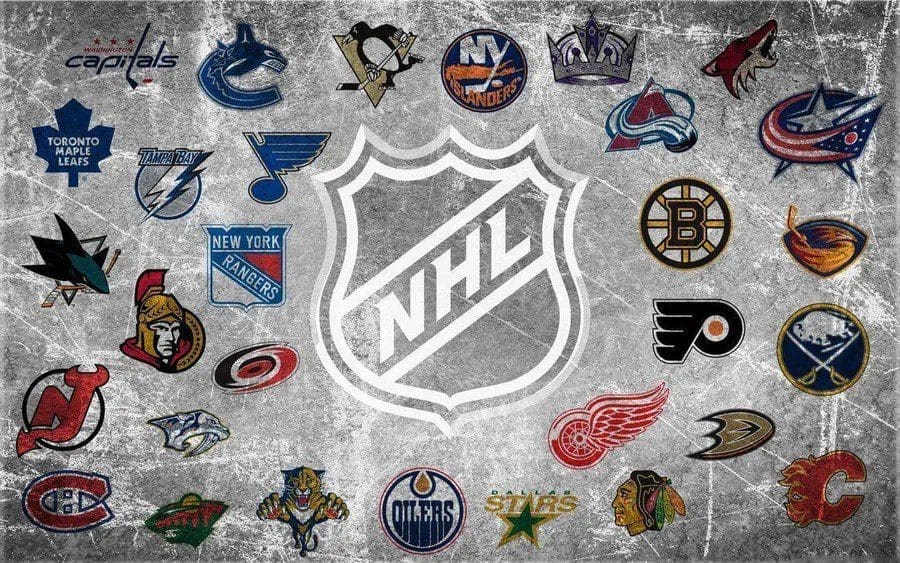Expansion is firmly back on the agenda in the NHL, with commissioner Gary Bettman telling reporters that the league is receptive to “expressions of interest” from prospective ownership groups.
The NHL, which added the Seattle Kraken as its 32nd team in 2021, is keen to put down roots in each of North America’s top-rated television markets, with Atlanta, Salt Lake City, and Houston tipped for franchise bids in the future.
“We’re not in a mode where I’m saying, ‘Okay, if you’re interested in expansion, submit your applications,'” Bettman told reporters after the NHL’s board of governors meeting on Wednesday [4 October].
“We’re not there. We’re just getting expressions of interest. And as you all know, I take meetings all the time on a variety of subjects, and if somebody wants to talk to us, we talk to them. If somebody came in and said, ‘Okay, we have a building, this is our market, this is our ownership group, we’d really like to go.’ Then we’ll take a look at it and decide whether we’re inclined to expand at this point in time.”
When asked if the league had established an expansion fee for future clubs, Bettman referenced the recent sale of the Ottawa Senators for $950 million and added: “A lot.”
With that in mind, British Ice Hockey provides a potted history of NHL expansion, with a look into the cities the league could target next.
How does NHL expansion work?
The NHL is built on a franchise model, which means the only way to gain entry into the league is by purchasing a spot.
When Bill Foley launched the Vegas Golden Knights, he paid an astonishing $500 million for a place in the league. The Kraken were forced to pay an even higher tariff to enter the inner circle, parting with $650 million to join the show.
The Golden Knights and Kraken benefited from new and improved expansion draft rules, which saw them select one unprotected player from each club around the league.
Vegas and Seattle have impressed off the hop in the NHL, with the Golden Knights becoming perennial Stanley Cup contenders from day-one.
What is the NHL’s history with expansion franchises?
Since the first round of expansion in 1967, the NHL has grown from the ‘Original Six’ to 32 teams, covering every corner of the United States and Canada.
The NHL added six teams to its family in 1967, with the Los Angeles Kings, Minnesota North Stars, Philadelphia Flyers, Pittsburgh Penguins, St. Louis Blues, and California Seals entering the fray.
While two of those clubs fell by the wayside, it started a wave of expansion that later saw the likes of the New York Islanders, Ottawa Senators, and Tampa Bay Lightning join the league.
The NHL also absorbed four teams from the World Hockey Association (WHA) in 1979, welcoming the Edmonton Oilers, Winnipeg Jets (who later moved to Arizona to become the Coyotes), Hartford Whalers (who also moved to south and rebranded as the Carolina Hurricanes), and Quebec Nordiques (who subsequently became the Colorado Avalanche).
Where could the NHL expand to next?
There is no shortage of locations where the NHL could move to next, but there are at three front-runners at this stage.
Salt Lake City seems destined to join the major league landscape in the near future, with Utah Jazz owner Ryan Smith already telling the league that he is interested in becoming a financial backer. Utah has also been mooted as a potential home for the Coyotes, if they are unable to laydown permanent roots in Arizona.
Houston has long been rumoured as a potential expansion city, which shouldn’t be a surprise for the fourth-largest metropolitan area in the United States. Adding Houston will ignite a ferocious rivalry with the Dallas Stars and relaunch hockey fandom in a city formerly home to the WHA’s Aeros.
Finally, Atlanta – the city formerly home to the Flames (who now play in Calgary) and Thrashers (who rebranded as the Winnipeg Jets). Georgia holds plenty of potential as a hockey state and it feels like the right time to give Atlanta a third run at it.


















